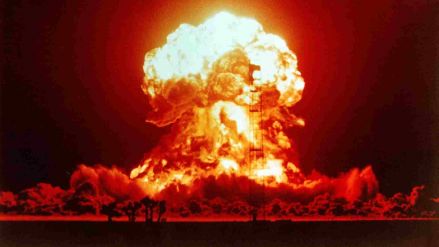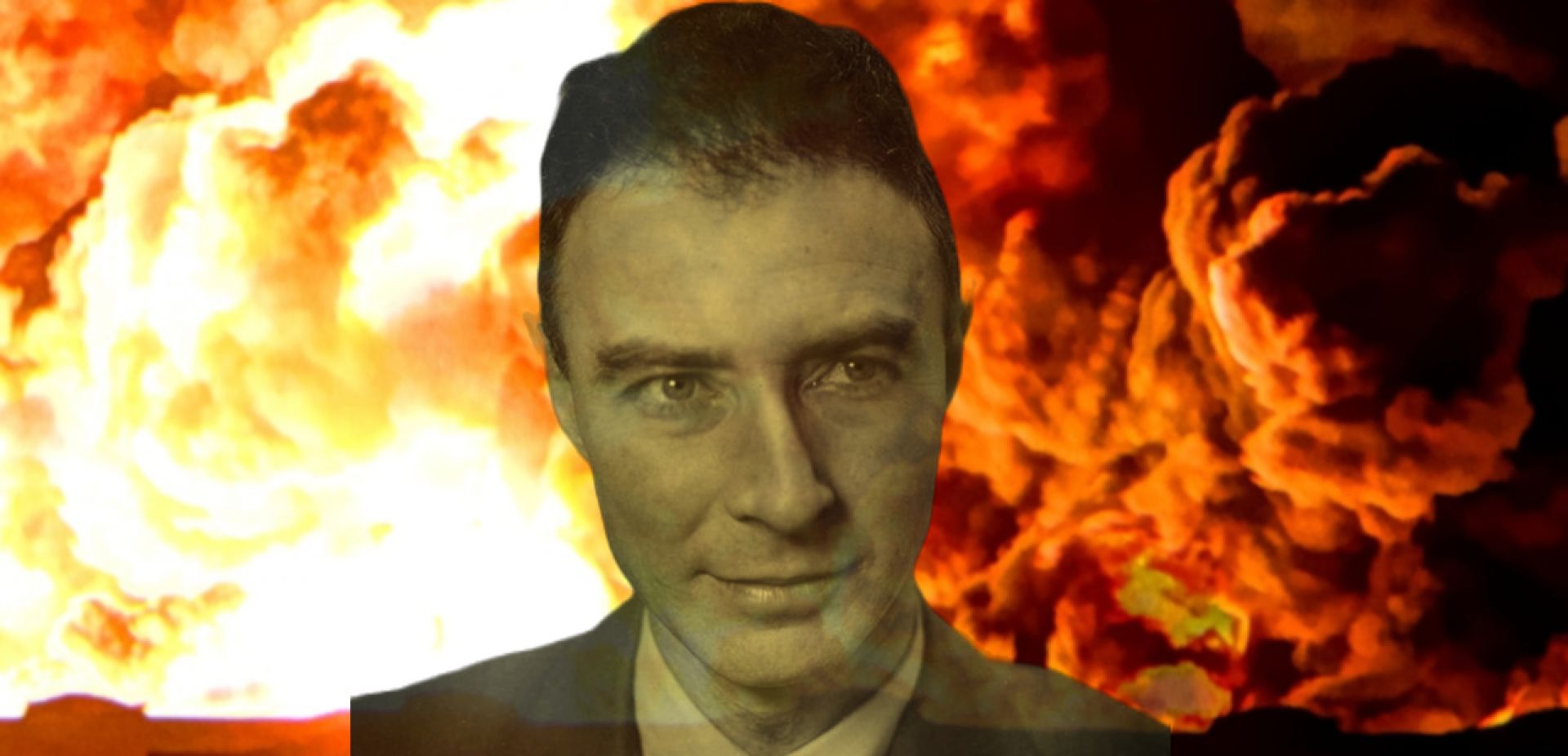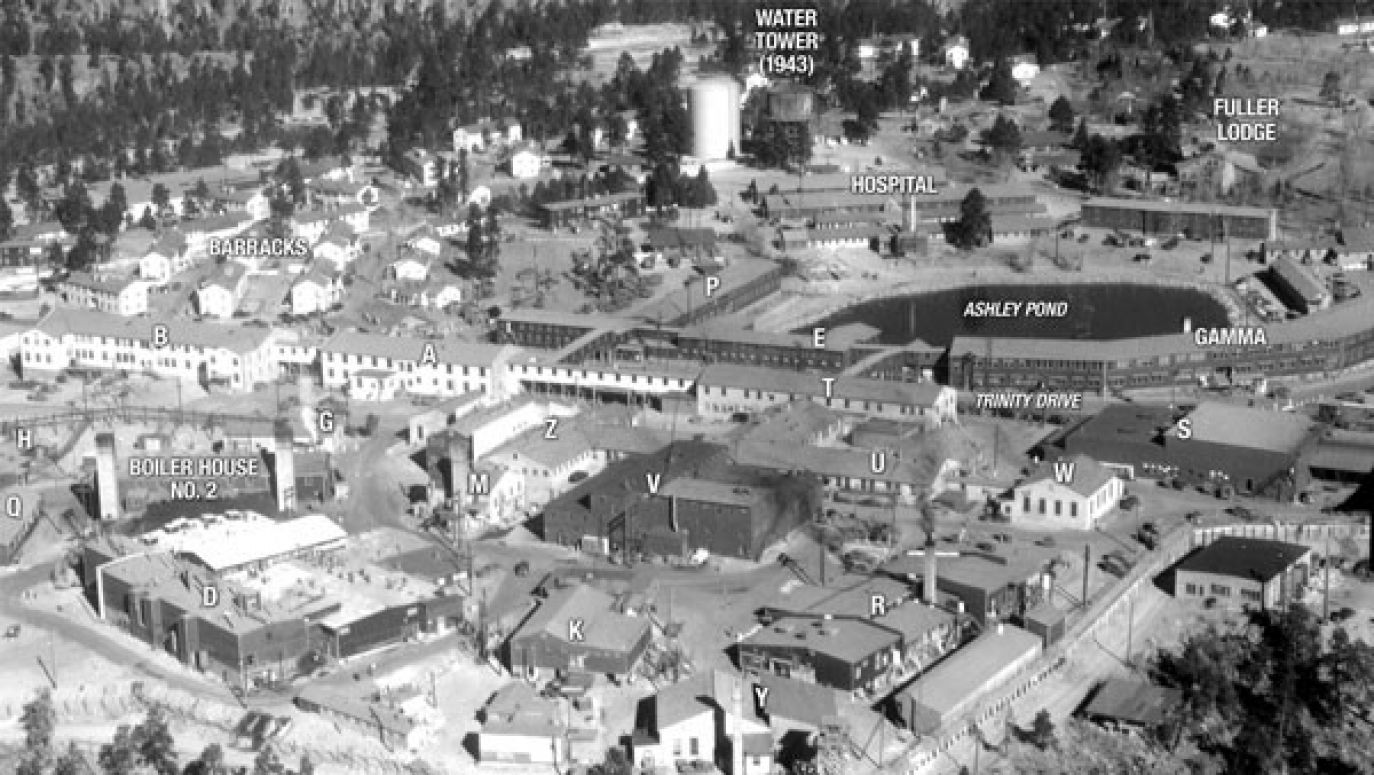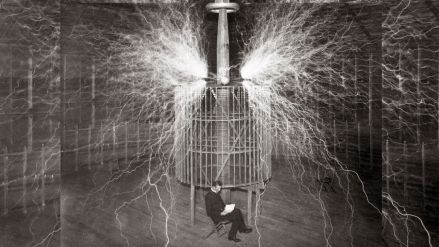
In 2013, the Russians announced that they would exercise a nuclear attack on Warsaw.
see more
It is interesting to note that the U.S. Army knew about all this before the scientist was offered the leadership of the Manhattan Project. When General Leslie Groves, who was overseeing the project from the Army side, learned about it, he issued a letter on July 20, 1943, stating that Oppenheimer was the only man for the job, regardless of any previous history.
Just a few years after the war, however, the case returned. Oppenheimer became the target of Senator Joseph McCarthy's communist investigators. Surveillance of the scientist, hundreds of tapes of intimate conversations and confessions led to Oppenhaimer being made a suspect, almost a traitor, in the 1950s. After a series of public hearings, the Atomic Energy Commission revoked his so-called security clearance. America's hero was sidelined. As late as the 1990s, retired NKVD general Pavel Sudoplatov is said to have confessed that the most important data that made possible the construction of the Soviet atomic bomb came from, of all people, the head of the project himself, as well as Fermi and Leó Szilárd. He claimed that Oppenheimer was one of the most important but hidden dignitaries of the American Communist Party, a kind of "cardinal in cuore" These revelations, however, were not corroborated by documents known as the "Venon files," Soviet espionage reports from the late 1940s and early 1950s that were intercepted by American counterintelligence.
It was not until the 1960s that Oppenheimer began to be rehabilitated in the United States. The Atomic Energy Commission awarded him its highest honour, the Enrico Fermi Prize,which was presented to him by President Lyndon Johnson. Soon after, he was diagnosed with throat cancer, a consequence of 40 years in which he had not given up smoking. He died in 1967.
Oppenheimer's life resembles the story of a mythical figure - Prometheus, as recognized by the authors of his most comprehensive biography, Kai Bird and Martin J. Sherwin, who entitled it "American Prometheus: The Triumph and Tragedy of J. Robert Oppenheimer." He has become a symbol of the tragic dilemmas of genius. First he started a fire, and when he tried to warn of the dangers involved, he enraged the powerful like Prometheus enraged the gods of Olympus.
Today, in the age of terrorism, wars, and Putinism, the threats associated with Oppenheimer's accomplishments return with increased force. In 1946, when he was to be asked in a closed session of the Senate whether America was vulnerable to a nuclear attack, such as bombs hidden in travelers' luggage, he immediately answered in the affirmative -much to the committee's obvious horror. Asked how to protect against this, he joked brilliantly in his typical manner, "A screwdriver (to open each and every suitcase)." For Oppenheimer - the man who created nuclear weapons - the only defense against nuclear terrorism was the elimination of nuclear weapons themselves. Only it's probably too late for that...
– Cezary Korycki
TVP WEEKLY. Editorial team and journalists
On July 21, 2023, the biographical film "Oppenheimer," a British-American production directed by Christopher Nolan, will be released in Polish theaters. The screenplay is based on the Pulitzer Prize-winning book "American Prometheus: The Triumph and Tragedy of J. Robert Oppenheimer" by Kai Bird and Martin J. Sherwin. 

 SIGN UP TO OUR PAGE
SIGN UP TO OUR PAGE 






